1. Carbon Monoxide Poisoning
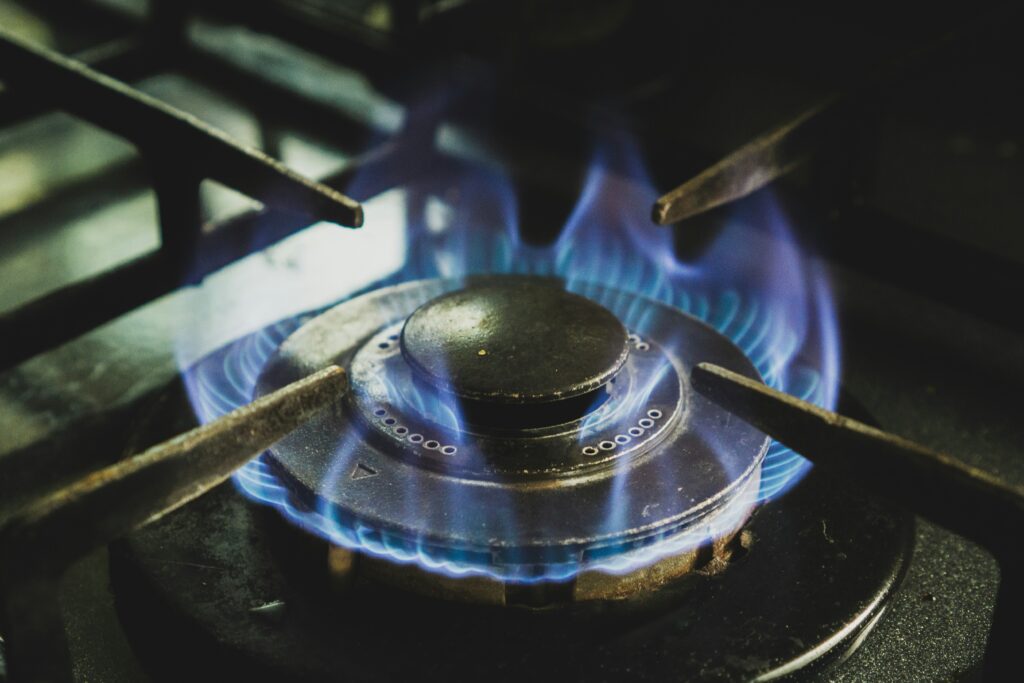
One of the primary dangers of using a gas stove is the risk of carbon monoxide poisoning. Gas stoves release carbon monoxide, a colorless, odorless gas that can build up in your home if there is insufficient ventilation. Prolonged exposure to carbon monoxide can cause symptoms like headaches, dizziness, nausea, confusion, and, in severe cases, can be fatal. The risk is higher in poorly ventilated spaces or when the gas stove is used for extended periods without proper airflow.
If you’re cooking on a gas stove for a long time or in an enclosed space, the carbon monoxide levels can reach dangerous levels without you even noticing. This is why it’s crucial to be aware of the ventilation in your kitchen and ensure your home is equipped with a carbon monoxide detector. These detectors can give you an early warning if levels of this gas become dangerous. If your detector goes off, it’s important to leave the area immediately and ventilate your home by opening windows and doors.
2. Gas Leaks and Explosions

Gas leaks are one of the most hazardous risks associated with gas stoves. If there is a leak in the gas line or connection, it can lead to an accumulation of natural gas in your home. According to Apex Gas Heater, gas is highly flammable, and even a small spark can ignite it, potentially causing a fire or an explosion. Leaks are more common in old or poorly maintained gas stoves, making regular inspection crucial for your safety.
If you smell gas or hear a hissing noise near your stove, this is a sign of a possible leak, and you should take immediate action. Never light a match or turn on any electrical devices if you suspect a gas leak. Instead, turn off the gas supply to your stove, open windows and doors to ventilate the area, and immediately call a gas professional or the fire department. Avoid using any devices, including your phone, until you’re safely outside to avoid sparking an explosion.
3. Burns and Fires from Open Flames
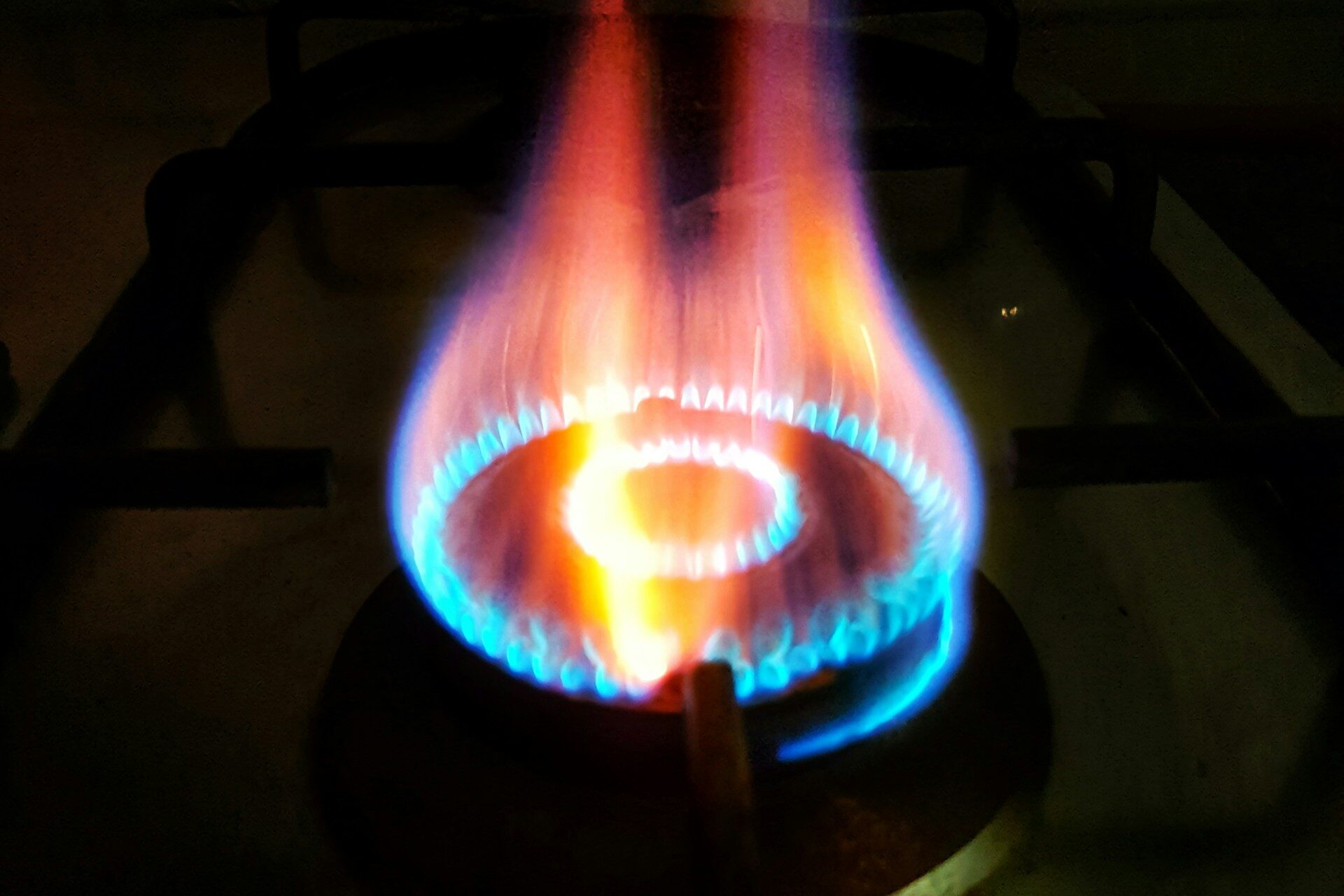
Gas stoves use an open flame for cooking, which increases the risk of burns and fires. A slight accident or distraction can lead to burns from touching hot surfaces, or even worse, the ignition of flammable objects near the stove. Flammable materials such as kitchen towels, paper napkins, or even loose clothing can catch fire if they come in contact with the open flame or hot surfaces.
The open flame from a gas stove can also easily spread fire if food or grease splatters out of the pan and onto the burners. If you’re not careful with your cooking, this can quickly lead to a kitchen fire. To prevent this, always make sure that the area around your stove is clear of any flammable materials, and never leave the stove unattended while cooking. Also, use pot holders or oven mitts when handling hot cookware to avoid burns.
4. Indoor Air Pollution
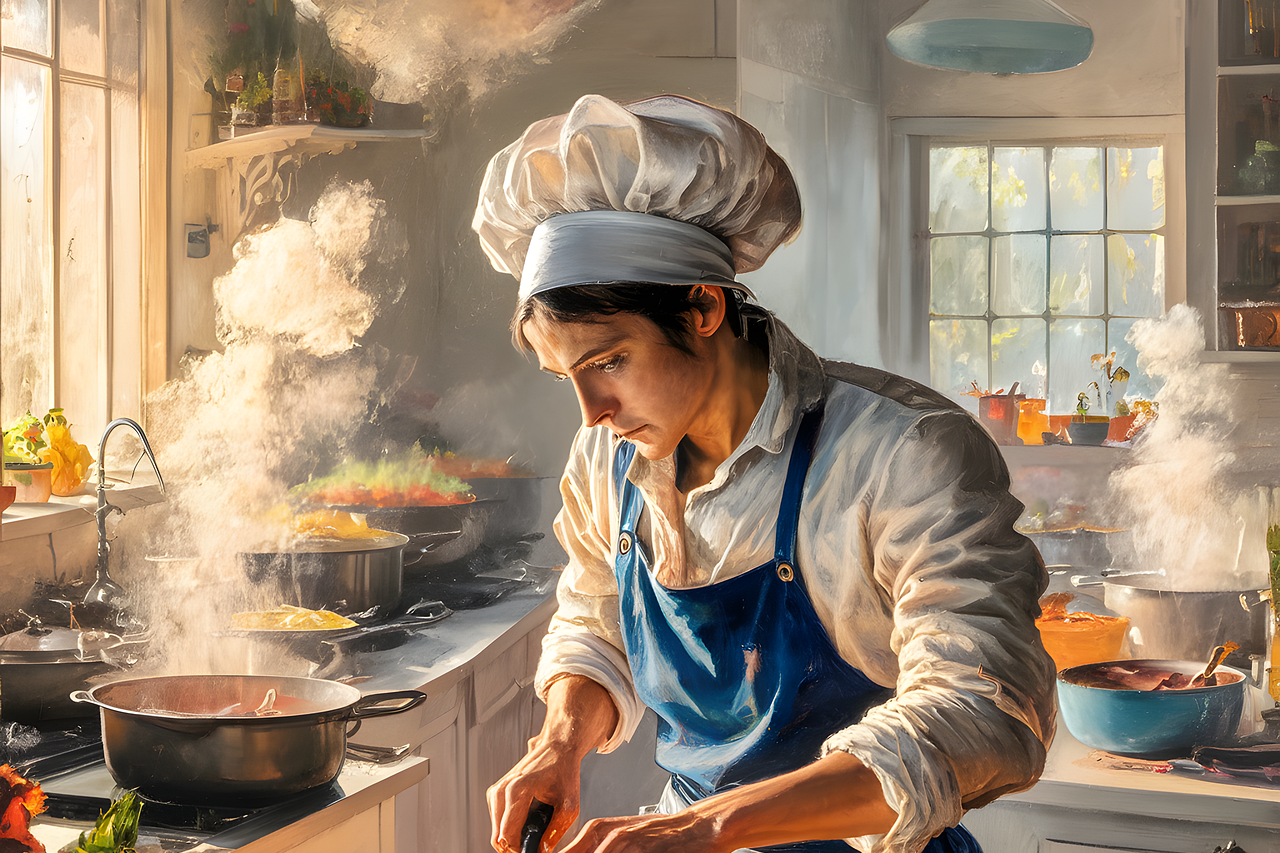
Gas stoves release nitrogen dioxide (NO2), which is a harmful pollutant that can contribute to indoor air pollution. According to Scientific American, prolonged exposure to nitrogen dioxide can irritate the lungs and lead to respiratory issues, particularly for individuals with asthma or other pre-existing lung conditions. Even small amounts of this pollutant can accumulate in your kitchen if there’s poor ventilation, potentially affecting the air quality in your home.
Inhaling this gas over time can also exacerbate other health problems, especially in young children and the elderly. If you frequently cook with a gas stove, it’s important to consider the quality of the air in your kitchen. Make sure that you use your stove in a well-ventilated area and, if possible, install a range hood that directs fumes outside. This will help minimize the buildup of nitrogen dioxide and ensure the air in your kitchen remains clean.
5. Physical Injuries from Stove-Related Accidents
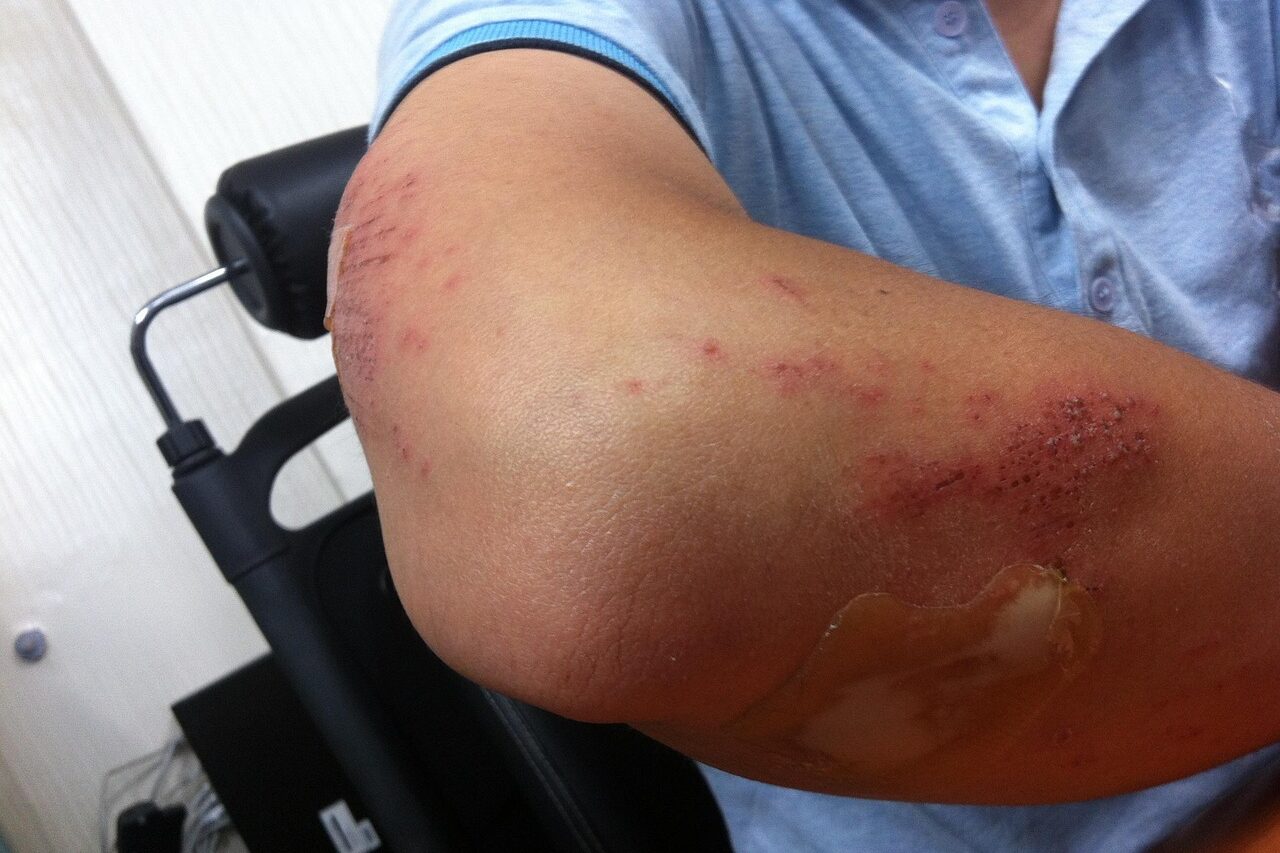
A gas stove, like any cooking appliance, comes with the risk of physical injury. Accidents like tripping over cords, accidentally knocking over pots, or even spilling hot liquids can cause significant injuries. According to AEG, the high heat of a gas stove can lead to burns from touching hot pans or boiling liquids. These injuries are not just limited to adults but can also affect children and pets who may wander into the kitchen unsupervised.
The fast and high heat generated by a gas stove can cause burns in a split second, and spills from boiling liquids or food can result in serious scalds. These injuries are often avoidable by staying cautious in the kitchen and keeping an eye on the cooking process at all times. If you have children or pets in your home, make sure the stove knobs are turned off when not in use and consider using stove guards to prevent them from getting too close to the burners.
1. Ensure Proper Ventilation
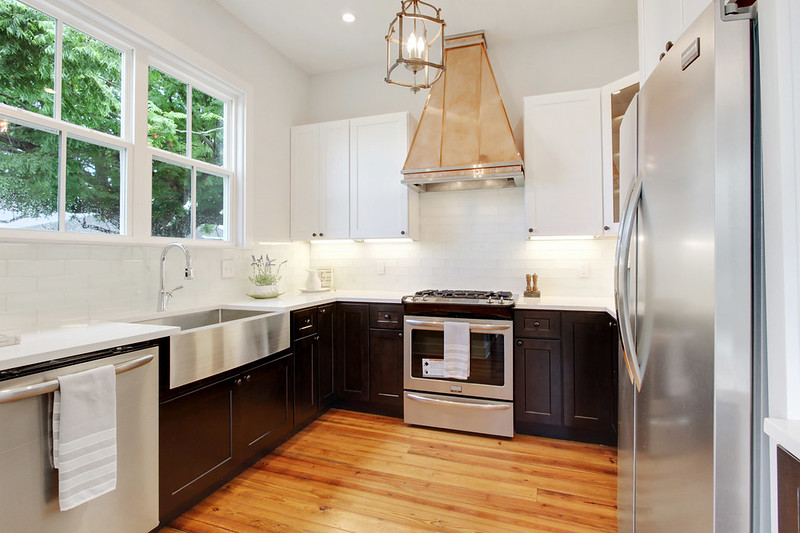
Proper ventilation is essential when using a gas stove to prevent the buildup of carbon monoxide and nitrogen dioxide. Always make sure that your kitchen is well-ventilated by opening windows or using an exhaust fan. Installing a range hood above your stove that vents outside can help remove harmful fumes and improve air quality. If you don’t have an exhaust fan, use a window fan or keep windows open while cooking to allow fresh air to circulate and reduce the risk of indoor air pollution.
Ventilation is especially important when you’re using the stove for extended periods. Inadequate airflow can cause the accumulation of gases in the kitchen, making the environment unsafe. Regularly check that your ventilation system is working properly and replace filters if needed to ensure maximum efficiency.
2. Install and Maintain Carbon Monoxide Detectors
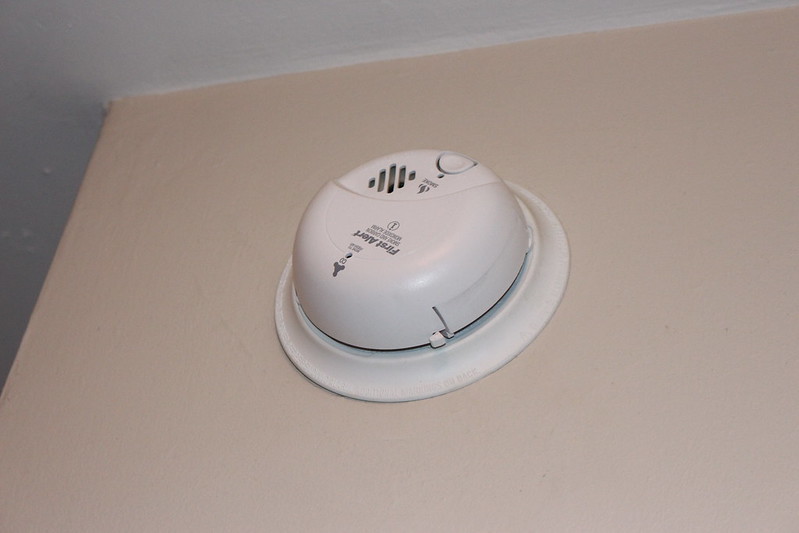
A carbon monoxide detector is a must-have safety feature in homes with gas appliances, including stoves. According to the EPA, these detectors are designed to alert you if dangerous levels of carbon monoxide build up in your home. Make sure you install one in the kitchen, as well as in other areas of your home where you spend a lot of time, such as bedrooms or hallways.
Regularly test the detectors and replace the batteries to ensure they’re working properly. You should also consider investing in a professional inspection of your gas lines and appliances once a year to ensure they’re not leaking carbon monoxide into your home. In the event that your detector goes off, follow the emergency procedures and leave your home immediately to prevent poisoning.
3. Check for Gas Leaks Regularly

To prevent the risk of explosions or fires, it’s important to check for gas leaks regularly. According to Constellation, if you suspect a leak, you can do a simple test by applying soapy water to the gas line and connections. If you see bubbles forming, this is an indication that there is a leak. Always check the hoses, valves, and connections for wear and tear. If you notice any damage, replace them immediately.
You can also have a professional inspect your gas lines annually to ensure they are in good condition and free from leaks. In case you smell gas, it’s crucial to act quickly—turn off the gas supply, ventilate your home, and call a professional to handle the issue. Never try to fix a gas leak yourself unless you’re trained to do so.
4. Use Proper Cookware and Keep Flames Under Control
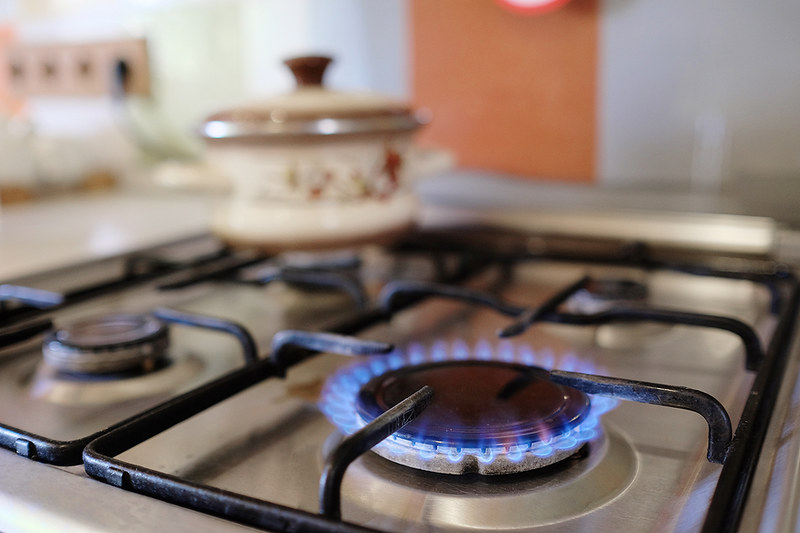
To minimize the risk of burns and fires, always use the correct cookware for your gas stove. Make sure that pots and pans are the right size for the burners, as cookware that’s too large or too small can cause spills or uneven heating. Also, never leave the stove unattended while cooking, and always keep an eye on the flame to ensure it’s not too high or spreading to nearby items.
When cooking with a gas stove, use the proper heat settings and avoid leaving the flame too high. High flames can cause spills or cause nearby materials to catch fire. Additionally, if you’re frying or cooking with oil, be mindful of the temperature to prevent hot oil from splattering.
5. Keep the Stove Area Clean and Clutter-Free
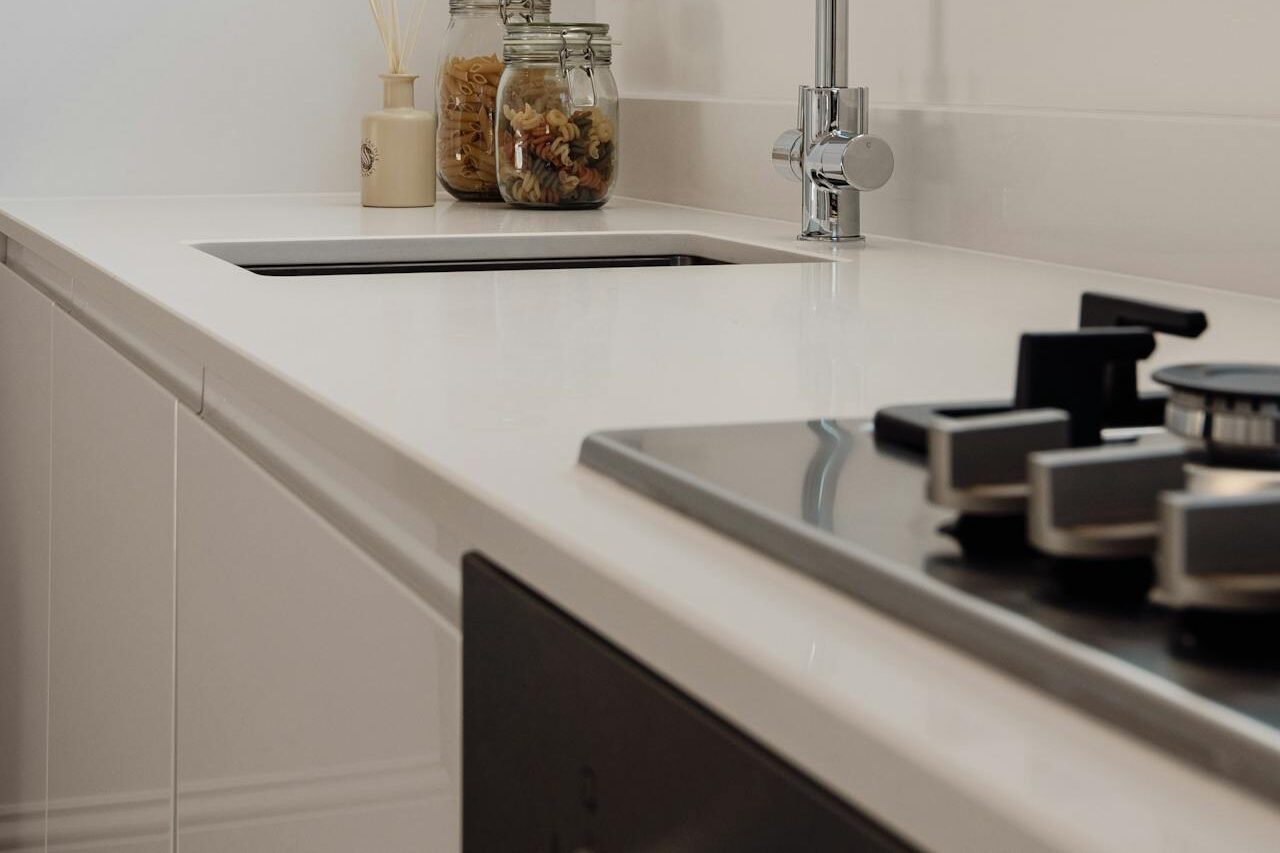
A clean, clutter-free kitchen is a safer kitchen. Always make sure that the area around your gas stove is free of any flammable materials, such as paper towels, dish cloths, or plastic utensils. Keep cooking oils and other combustibles far from the stove to reduce the risk of fire. After each use, clean any grease or food spills around the burners to avoid the buildup of flammable substances.
Ensure that all burners are turned off after use and that no food or debris is left around the stove. If you have young children or pets in the home, make sure to keep the stove area secure and never leave them unattended while cooking. This will help prevent physical accidents and reduce the risk of fires in the kitchen.
6. Use Safety Features on Your Stove
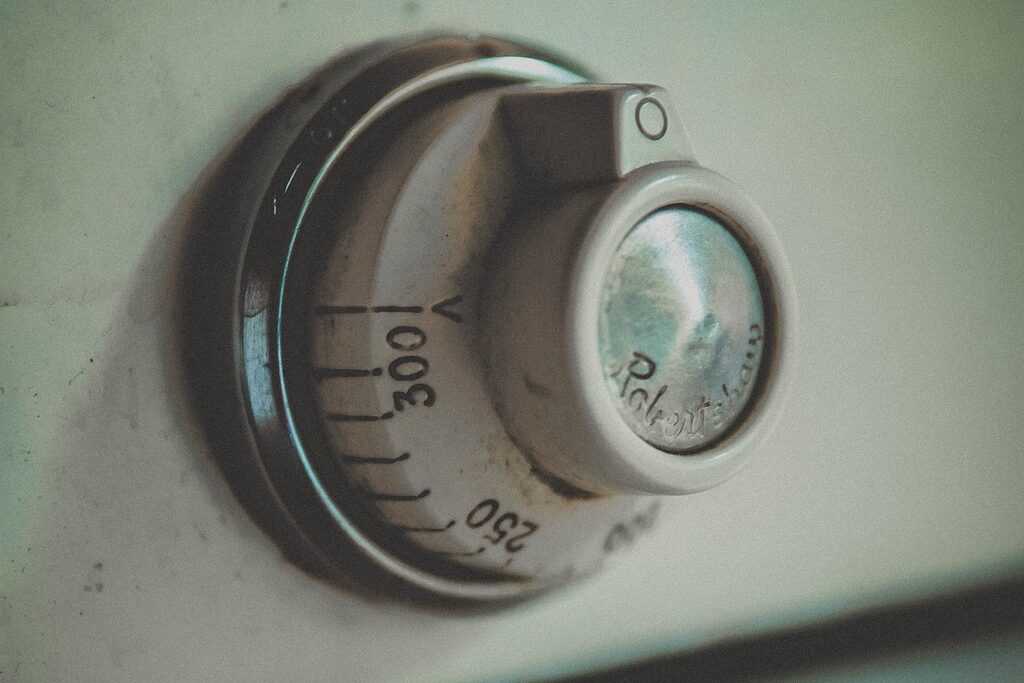
Modern gas stoves often come with built-in safety features, such as flame failure devices, which automatically shut off the gas supply if the flame is extinguished unexpectedly. If your stove has this feature, ensure it’s in good working condition and always check that it’s activated. Some stoves also have safety locks on the knobs to prevent accidental gas releases, particularly if you have young children.
If your stove doesn’t have built-in safety features, consider investing in an external safety device that can cut the gas supply when the flame goes out. These safety features are crucial for minimizing risks and ensuring that your gas stove operates as safely as possible.
7. Educate Household Members About Gas Stove Safety

To maintain a safe environment, make sure that everyone in your household understands how to use the gas stove safely. This includes teaching children not to touch the stove or the burner knobs and ensuring that everyone knows what to do in case of an emergency. Encourage safe cooking habits, such as never leaving the stove unattended, and make sure everyone is familiar with the location of the fire extinguisher.
Family members should also know how to recognize the signs of a gas leak, such as the smell of rotten eggs, and how to react if they suspect a leak. Practicing fire safety drills with your family can help prepare everyone for a potential emergency.
8. Schedule Regular Maintenance and Inspections
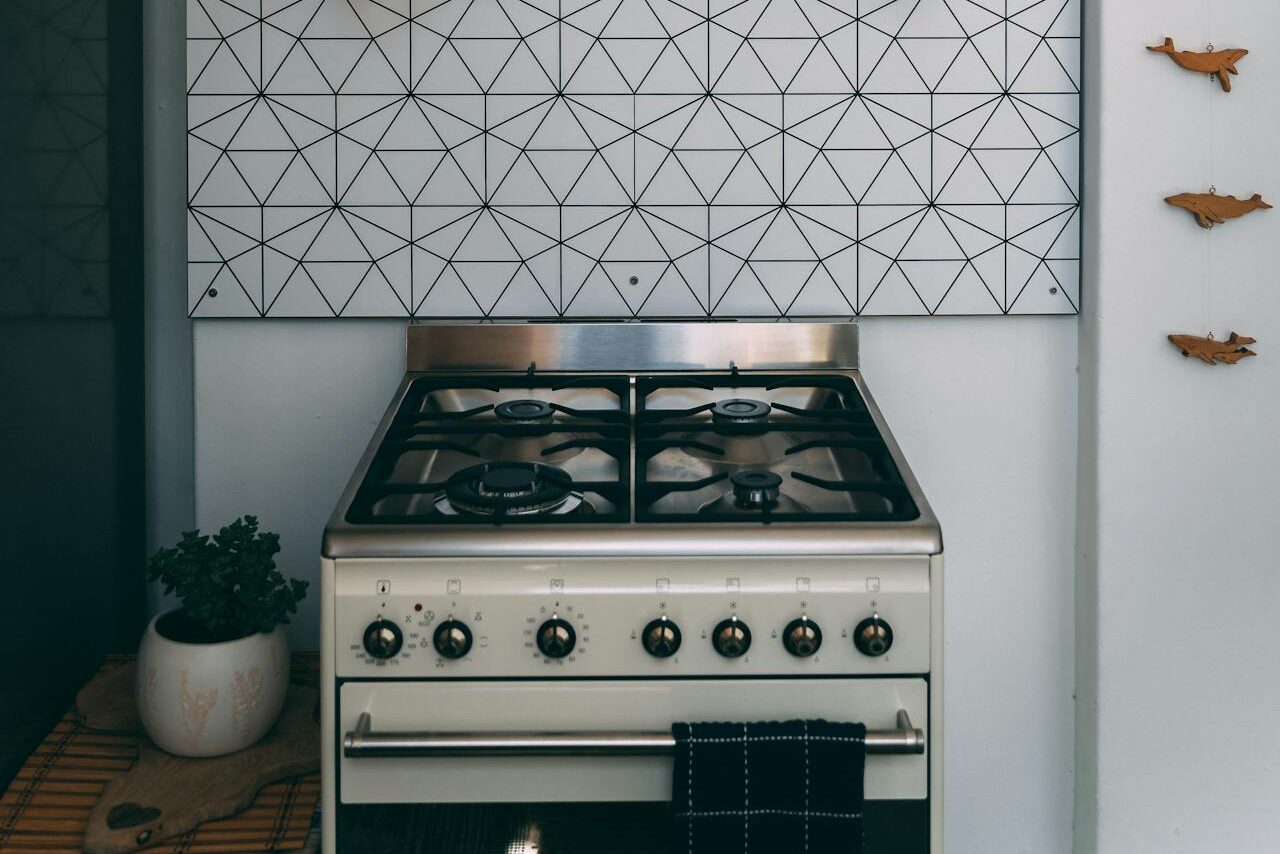
Regular maintenance and inspections are key to keeping your gas stove safe. Hire a professional to inspect your gas lines, connections, and burners once a year to ensure that everything is functioning properly. A professional can identify any wear and tear that could lead to leaks, explosions, or other issues.
Additionally, have your stove serviced if it’s not functioning properly. A malfunctioning stove can pose a significant safety risk, so addressing any issues promptly can help prevent accidents. Regularly replacing filters on range hoods and cleaning burners will also help ensure that your stove operates safely and efficiently.


